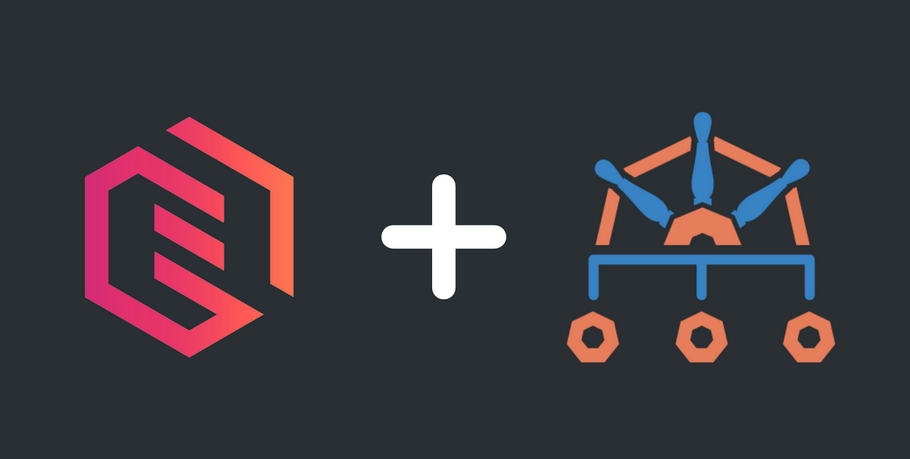Cloud misconfigurations occur when the settings, configurations, or deployment of cloud resources are not effectively managed or executed. Some common causes of cloud misconfigurations include the following:
- Human error due to skill gap: One of the most common causes of cloud misconfiguration is human error. This could be due to a lack of understanding of the cloud environment, incorrect manual settings, or typos in configuration files.
- Insufficient access controls: If the right access controls are not in place, unauthorized users may be able to access sensitive data or modify critical settings.
- Automation issues: Automated processes and scripts can sometimes cause unintended changes to the cloud environment. This can happen if the automation process is not thoroughly tested or if it is not set up to handle changes in the environment.
- Lack of monitoring and maintenance: Cloud resources that are not properly monitored and maintained can quickly become misconfigured. Regular checks and updates can help to prevent misconfigurations from happening.
- Improper deployments: Cloud resources that are not deployed properly can also lead to misconfigurations. This can be due to a lack of planning or understanding of the deployment process.
- Legacy systems: Legacy systems can sometimes cause issues when they are integrated into a cloud environment. This is because they may not be designed to work with cloud-based systems and may require manual configuration.
This can be solved through regular monitoring and maintenance, implementing proper access controls, and having a thorough understanding of the cloud environment. Now that you understand the misconfigurations and the reason behind their occurrence, let us now try to understand some of the best ways to safeguard from cloud misconfiguration.
Best practices to safeguard from misconfiguration
Cloud misconfiguration can result in serious security threats, data breaches, and financial losses. Here are some best practices to help you safeguard your cloud environment from misconfiguration:
- Use access controls: Implement strict access controls to limit who has access to your cloud resources. Use role-based access control (RBAC) to define the permissions and actions that different users and groups can perform within your cloud environment.
- Encrypt sensitive data: Encrypt all sensitive data, both at rest and in transit, to protect it from unauthorized access. You can use encryption tools provided by your cloud service provider, or you can implement encryption yourself.
- Monitor and audit changes: Regularly monitor and audit changes made to your cloud environment to detect misconfigurations and prevent them from being exploited. Use tools such as AWS CloudTrail, Azure Activity Logs, or Google Cloud Logging to track changes and detect misconfigurations.
- Implement security policies: Develop and implement security policies that define the standards and procedures for securing your cloud environment. This includes guidelines for password management, access control, and data protection.
- Automate security scans: Automate security scans to detect misconfigurations and vulnerabilities in your cloud environment. This can be done using security tools and services such as Amazon Inspector, Azure Security Center, or Google Cloud Security Scanner.
- Use multi-factor authentication (MFA): This helps to reduce the risk of unauthorized access and helps prevent misconfigurations from being exploited.
- Train employees: Train employees on cloud security best practices, including how to identify and prevent misconfigurations. Make sure that employees are aware of the potential consequences of misconfigurations and the importance of following established security policies.
By following these best practices, you can help ensure the security and integrity of your cloud environment and prevent cloud misconfigurations from resulting in security threats and data breaches. The key question is, is it possible to implement all these best practices using CSPM tools? Or are CSPM tools enough for the overall security of the cloud environment? Let us understand now.
